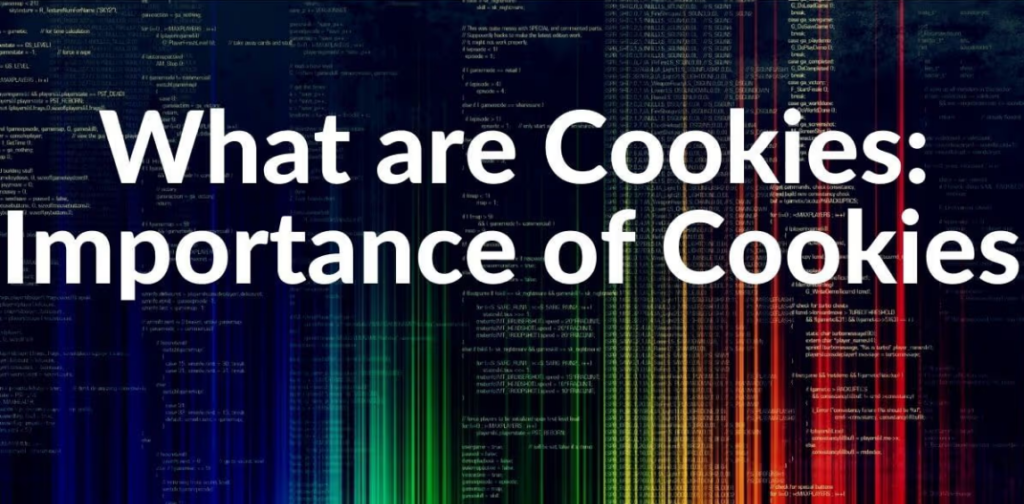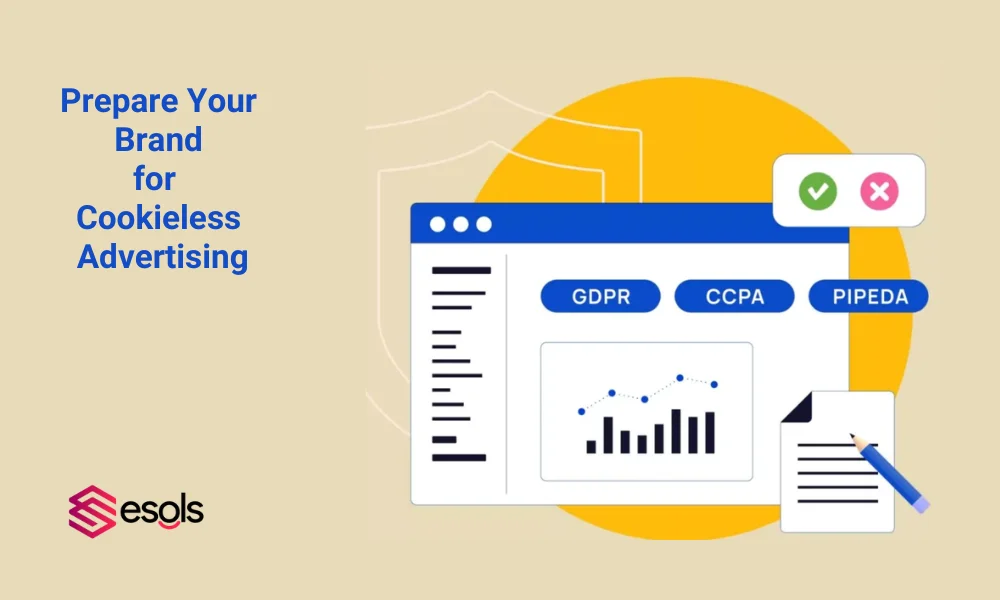The digital advertising world is changing fast, and now is the time to prepare your brand for cookieless advertising. As data privacy concerns grow and regulations like GDPR and CCPA take center stage, relying on third-party cookies is no longer a sustainable option. While this shift brings challenges, it also opens up new opportunities for brands to connect with customers in more meaningful ways. By taking steps to prepare your brand for cookieless advertising, you can ensure your strategies stay effective and relevant in a privacy-first world.
Table of contents
Understanding Cookies and Their Role in Advertising
Cookies are small text files stored on a user’s device by their web browser. They play a crucial role in personalizing user experiences by tracking user behavior across websites. Cookies have been utilized for targeted advertising, enabling brands to serve personalized ads based on users’ browsing habits. This has allowed marketers to reach specific audiences effectively.

Third-party cookies, created by domains other than the one the user is visiting, have raised privacy concerns. As a result, browsers are phasing out these cookies, prompting a need for alternative strategies.
Types of Cookies: Cookies can be categorized into first-party and third-party cookies. First-party cookies are set by the website the user is visiting and are primarily used to enhance user experience.
Targeted Advertising Benefits: The use of cookies in targeted advertising allows brands to tailor their marketing messages based on individual user behavior and preferences. By analyzing the data collected from cookies, advertisers can optimize ad placement.
Privacy Concerns and Regulations: The widespread use of third-party cookies has raised significant privacy concerns among users, leading to increased regulatory scrutiny. In response, major browsers are implementing changes to phase out third-party cookies, pushing marketers
The Cookieless Future: What to Expect
Governments worldwide are implementing stricter data privacy regulations, limiting the use of cookies and enhancing consumer rights regarding data collection. Trends such as increased consumer awareness and demand for privacy are influencing brands to rethink their data collection and advertising strategies.
Preparing Your Brand for Cookieless Advertising
Audit Your Current Advertising Strategies
Evaluate your existing strategies to identify reliance on third-party cookies. This will help you understand the potential impact of the transition and adjust your approach accordingly.
Embrace First-Party Data Collection
Focus on collecting first-party data directly from your customers. This data is more reliable and valuable, as it reflects the preferences and behaviors of your audience. Utilize methods such as:
- Website Forms: Encourage users to subscribe to newsletters or create accounts.
- Surveys: Gather insights on customer preferences and interests.
- Loyalty Programs: Offer rewards for customer engagement and data sharing.
Invest in Contextual Advertising
Contextual advertising targets users based on the content they are currently engaging with rather than their past behavior. This strategy is effective in a cookieless environment, as it relies on real-time context rather than historical data.
Utilize Artificial Intelligence and Machine Learning
Leverage AI and machine learning tools to analyze consumer data and optimize ad targeting. These technologies can help identify patterns and preferences without relying on cookies, ensuring more effective advertising strategies.
Explore Alternatives to Cookies
Investigate alternative tracking methods, such as:
- Device Fingerprinting: Identifies devices based on their unique attributes.
- Email-Based Targeting: Uses email addresses to connect with customers across devices.
- Server-Side Tracking: Collects data on the server rather than the client side.
Building a Strong Data Strategy
As data privacy becomes a priority, ensure your data collection practices comply with regulations. Transparency in how you handle customer data will foster trust and loyalty.
Techniques for Effective Data Management
Implement data management techniques such as:
- Data Encryption: Secure sensitive information to protect user privacy.
- Regular Audits: Periodically review data practices to ensure compliance and effectiveness.
- User Consent: Always seek user permission before collecting data.
Enhancing Customer Relationships
Foster direct engagement with your audience through personalized communications and content. Building relationships based on trust will lead to more meaningful interactions.
Being open about your data practices and how you use customer information will help build trust with your audience. Transparency is key in the cookieless landscape.
Leveraging Technology for Success
Tools and Platforms for Cookieless Advertising
Explore various tools and platforms that offer solutions for cookieless advertising, such as:
- Customer Data Platforms (CDPs): Aggregate and manage first-party data.
- Programmatic Advertising Platforms: Adapt to new privacy regulations while maintaining targeting capabilities.
Conclusion
The future of advertising is heading into a cookieless world, bringing both challenges and exciting opportunities for brands. Now is the time to prepare your brand for cookieless advertising by shifting your focus to first-party data and building stronger, more genuine customer relationships. By staying informed and flexible, you can keep your brand relevant and successful in reaching your audience. The key is to adapt and innovate, ensuring you’re ready for this new era of digital marketing.
Read more : The Impact of Cookieless Advertising in Digital Marketing
FAQs
Cookies are small text files that track user behavior on websites, allowing for personalized advertising.
Cookieless advertising is essential due to increasing data privacy concerns and regulatory changes limiting cookie use.
First-party data can be collected through website forms, surveys, and loyalty programs.
Alternatives include device fingerprinting, email-based targeting, and server-side tracking.
Building trust involves being transparent about data practices and engaging customers directly.

Smith
Welcome to my blog! As a Digital Marketing expert with over 15 years of experience, I’ve witnessed the transformative power of search engine optimization from the very beginning of my career. In this blog series, I’ll delve into the crucial role SEO , marketing plays in the success of small businesses. Join me on this journey to uncover how leveraging data-driven insights and innovative SEO techniques can propel your small business to new heights, attract a broader audience, and drive sustainable growth in the digital age. Whether you’re a seasoned entrepreneur or just starting out, you’ll find valuable insights and practical tips to enhance your Digital Marketing strategies.


